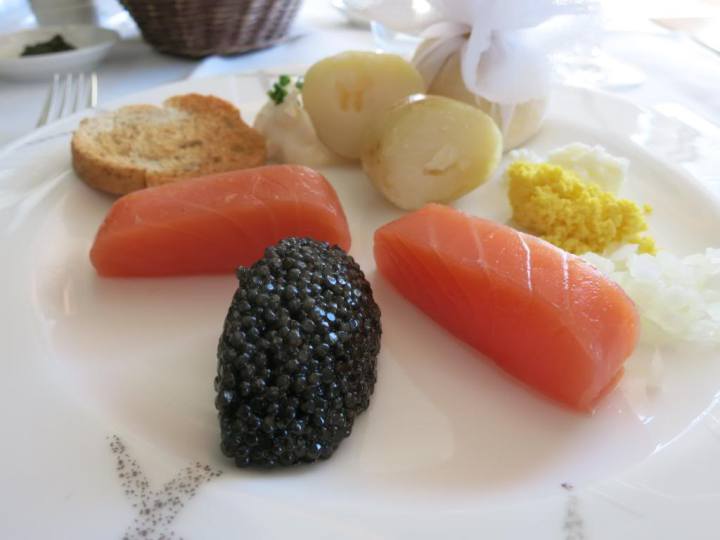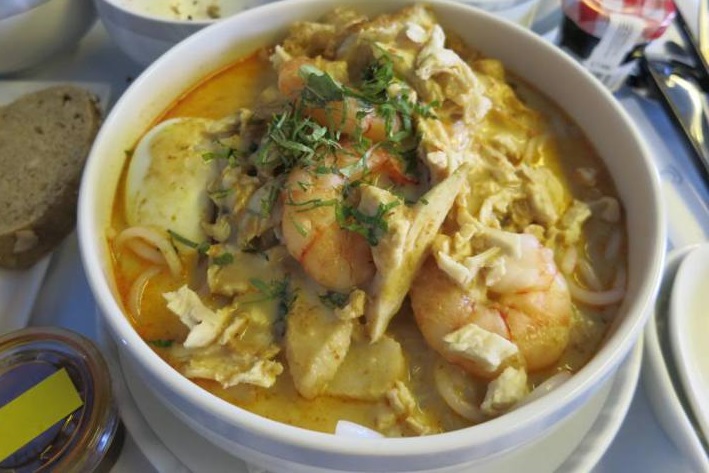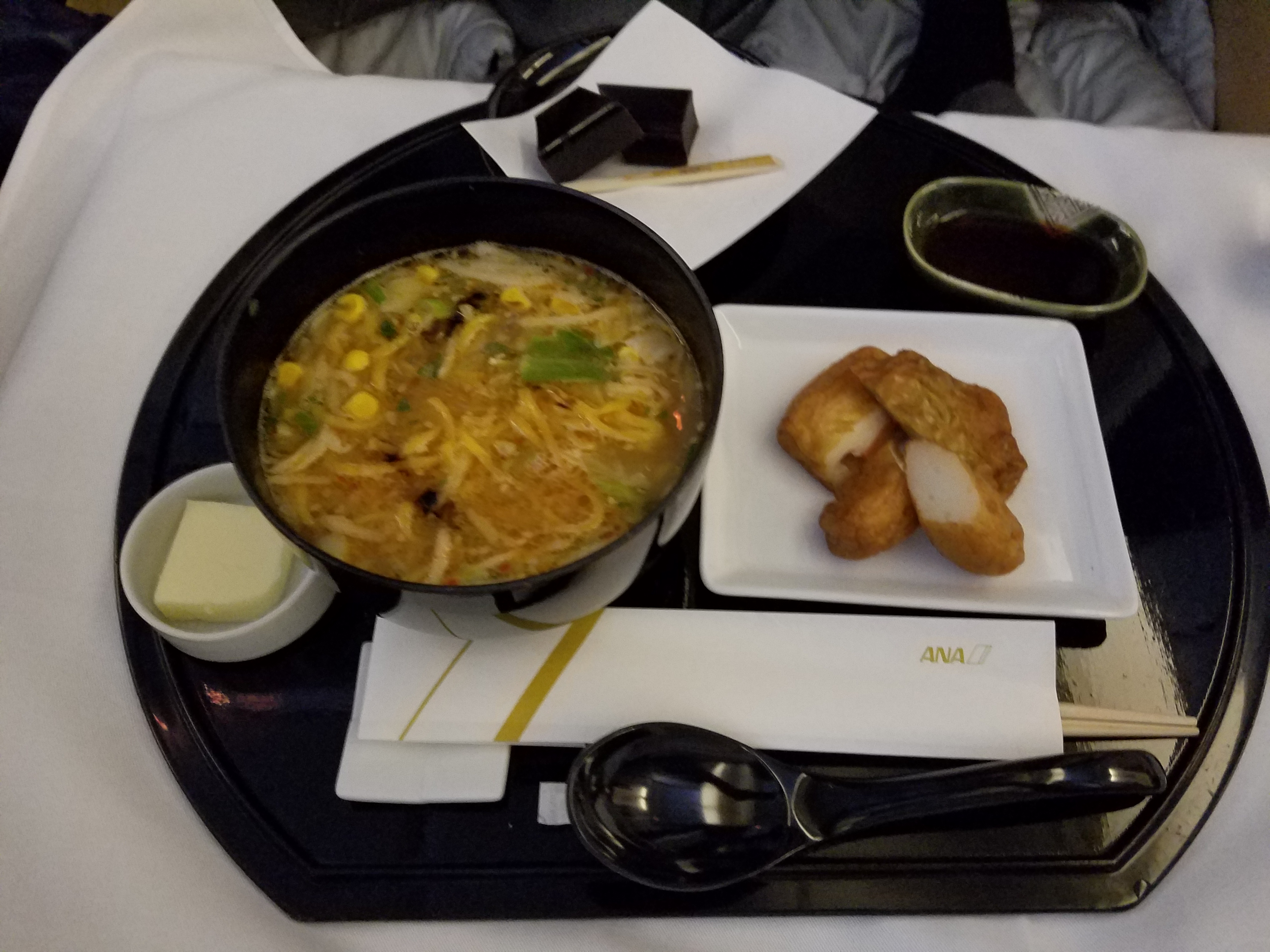To American Airlines CEO Robert Isom all that matters at an airline is on-time performance. He says that is what makes seats seem comfortable and food taste better. The implication is if they can operate on time, they can skimp on everything else. Thus he tells employees not to spend a dollar they don’t need to.
Isom’s Chief Revenue Officer similarly believes the airline’s schedule is the product. Neither one seems to realize that these are table stakes. An airline needs to get passengers where they want to go reliably, but when customers have a choice they’ll select the airline that delivers the better product.
- There are customers that are pure price buyers. That’s the market Spirit Airlines and Frontier cater to.
- There are also coach passengers who will pay more for a better experience. And premium cabin customers are going to be paying substantially more to get a better product.
- High cost airlines like American, United and Delta need to appeal to customers that will spend more money. They need to earn a revenue premium since they aren’t going to be the low-cost producers of seats.

Etihad Salmon Biryani
United Airlines CEO Scott Kirby used to describe his airline’s schedule as its product but has changed his tune somewhat and is even restoring seat back video screens to older aircraft. When passengers see those screens the planes seem newer.
British Airways found that 25% of consumer decision-making is based on an airline’s brand and they lost sales when they degraded their product. They needed price and network but that wasn’t enough.
Oliver Ranson reviews the book Airline: Style at 30000 Feet by Keith Lovegrove and suggests “style and brand is just an important part of airline revenue generation as data & analytics – this book clearly shows why.”
Uniforms convey a sense of style. In the U.S. that extends only to Delta, though ‘passport purple’ has nothing on the red dress that preceded it.
Cost matters when it comes to food, hence the famous story about former American Airlines CEO Bob Crandall ordering the removal of an olive from first class salads to save $40,000 a year. The scale at which these meals are produced means small cost increments add up. However in the context of $5000 airline tickets small investments can yield outsized dividends in sales – while cuts to the experience can cause an airline to survive by discounting its best product (the way US Airways used to do with business class, and the model crept into thinking once they took over American).
Psychology matters a lot. People need to know they’re enjoying something premium, which is why caviar has historically been popular in international first class along with prestige name wines and champagnes (which may not be the best wines and champagnes, or best-tasting at altitude).

Cathay Pacific Caviar and Balik Salmon
Random passes along this story of failure,
In 2010 and 2011 Qatar Airways asked it’s business class passengers what they wanted and they said more luxury food. After evaluating a range of delicacies like caviar and quail’s eggs the management decided that foie gras was the way to go. Unfortunately, when it went on board hardly anybody touched it.
In a restaurant many people look at food through the prism of menu prices. They eat the foie gras and find it delicious. But when the delicacies are free, the same people decide that they do not like liver and it gets thrown away. I was told that Qatar Airways had to throw away rather a lot of foie gras in 2012.
Personally I very much enjoy seared foie gras, less so foie pâté. It mattes too what kinds of food is served because taste is different at altitude and because many foods are being reheated. Soups and dishes in sauce stay moist and reheat well.

Singapore Airlines Business Class Laksa

ANA Ramen
This takeaway in the book may seem foreign to U.S. passengers used to the soft bigotry of low expectations that goes along with U.S. airlines,
Back on the ground, airline food is a popular subject among the recently disembarked clientele; if refreshments are poor the message gets passed on – a good enough reason to choose an alternative airline for the next trip. Conversely, if the food is appreciated then recommendations ensue.
Having flown Air Canada business class long haul this month I was struck by how the last meal of the flight is often an afterthought, but it’s also the last impression of the flight. North American carriers skimp on breakfast especially. While there was a choice of breakfast entree, trays were set up with a cold croissant still in shrink-wrapped packaging. It was truly sad, and something that’s a comparably easy fix.


AC breakfast hasn’t changed in over a decade. It is sad they don’t change it at least.
In terms of food for domestic carriers. I love AS food. It’s healthier and very well presented overall. Great change in food choices upfront and in the back.
It’s the restaurant adage get the dessert right and give them a treat before they leave.
Remember the mints they’d hand out on AA before landing
Let’s hear some food horror stories in the comments!
There are so many types of leisure travellers:
– Loyalty. “We always fly Delta.” “I only look at the Southwest website.”
– Price or perceived price. Play. Frontier. Ryanair. Allegiant.
– Price but only on a familiar carrier. “Expedia gave us flights on KLM.”
But I’ve seen a trend toward the ultra low-cost carriers among people would have never flown them otherwise. The legacy carriers can have high fares, poor reliability, dismal service. The price of an ULCC–with all of the added extras–can be similar or less than a legacy carrier without a connection.
The style factor comes into play with passengers AFTER they have an experience. A colleague just mentioned how impressed he was with Delta. Another commented, “It was so great to fly Delta. Why was I flying Southwest for so many years?” They commented on style, uniforms, cleanliness, options for more comfortable seats, friendliness, and ease. And the fares were comparable.
The allure of luxury still has power even in a tough economy. Another colleague was unduly excited about flying United Polaris. She is blissfully unaware of how tragic the food and service can be.
Delta probably still has the most style cachet for a US carrier. (I miss the red dresses too.) Their corporate identity, cabins, and branding are more consistent, more premium than any other. Their brand is pervasively reinforced, and they thrive on loyalty. Compare that to the black and bright yellow at Spirit doesn’t seem to convey anything other than poor taste and bees.
United, sadly, gave up on one of the best identities ever made. The “Rising” identity from Paula Scher at Pentagram had a brilliant elegance and consistency that presented the United brand as solid and global. This has all given way to garish bright blue that is now indistinguishable from Icelandair. Nobody is going to fly United for “style.”
The unparalleled winner, in my opinion, is Lufthansa. The “Kranig’ is unmistakable worldwide. The deep blue, dark brown, and silver convey subtlety, reliability, and safety. It might be a tad boring, I don’t think highly of their uniforms, but the Lufthansa brand signifies durability, trust, understated elegance, and longevity. They are unfailingly attentive to how they present their brand at every touchpoint. The food and service has declined (in economy class, at least), but I know so many German and non-German travellers who will Lufthansa only.
I’m still digesting all those AA Turkey wraps even with the help of all those Woodford Reserves.
I agreed with reader Max regarding United. Just flew Polaris with them to Tokyo and back. The service/food was bad. The presentation was nothing special. Polaris meal was just a tray with few things. They cut back so much and have gone down hill on everything.
Here’s the thing to me: Premium prices demand premium products and services. If AA wants to be a premium carrier, they need to justify the fares they charge. Otherwise, eventually passengers will start defecting to the Z competition or the ULCCs because at least they know they aren’t overpaying for an inferior product.
You have to ante up to play the game. Unless AA wants to become a ULCC…?
I flew my mom to asia on EVA, return on united. She was shocked that it was the same class of service and the same price (granted, a points booking). She said the food was bad, and the service terrible. I mentioned that the cash price was probably fairly similar too, and she was completely perplexed as to why anyone would ever fly United long haul business if they had a choice.
The smaller the meal, the better it is for weight loss.
Spouse and I fly UA domestically but never long haul. We last paid for their basic business class in June 2021, and the lack of printed menus, plastic cups, and economy food left a lasting impression. The FAs were aggressively curt… like a hungover teenager whose phone had been confiscated. Since then, I’ve booked J on NH, QR, SQ, LH… no chance I’ll be booking Polaris unless I find unicorn I/IN space
I find the attitude of the staff and the food consistently better on the legacy European airlines. And yes European excludes BA. I don’t know if the perception that LH and Swiss actually have a better time keeping record than any other airlines is true, but I sure do know that their food is better, their planes are cleaner and their staff are more professional. Given the choice, and obviously, where the schedule is more or less the same, I will almost always choose a European carrier, with Swiss and LH at the top of the list. The airlines I avoid are BA, Brussels and El Al, all close to the pits, or actually there. If I needed to fly a LOCO within Europe, I always pay for a more legroom seat near the front. There may be not much more room but it is worth it and the imperceptible difference in Cabin Crew’s attitude is the cherry on the top of the cake.
Gary . . . bingo. Commoditized products / services compete on price. Differentiated products / services compete on quality. Management at American, Delta, and United must come to grips with this basic B-school concept. On AA long-haul, there are only eight seats on the pointy end of the aircraft that AA has to sell. Not 250. Recognizing that the people sitting in those eight seats are not price-sensitive, raise the price $100 in each direction and give them nice food as opposed to okay food. They will not notice the price increase but they sure as heck will notice the food quality increase.
I feel like there is a huge market for customers whose priorities are exactly as follows:
1. Operational reliability (with the standard being 2019 Delta)
2. Not being squeezed like sardines (industry-average legroom, with reasonable premiums for extra legroom economy and premium economy)
3. Cheapest price
4. Do not care at all about in-flight service (happy with average food and beverage for purchase)